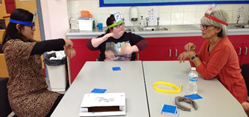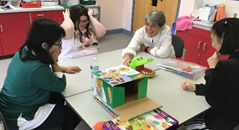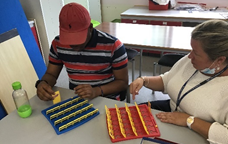Thrive
Approach
Every child is unique, constantly learning and developing in different ways, each with their own abilities, talents and potential. Children’s healthy development, emotional wellbeing and learning are dependent upon positive relationships; (PERMAH)
Children are known to flourish when they are confident, self-assured, capable and resilient; and children thrive in supporting and nurturing environments, each child’s individual development, learning experiences and needs are understood and responded to and supported through strong partnerships with parents/carers, and stakeholders in the child’s life.
Age or key stage does not predetermine the emotional needs or developmental level of a child, through the Thrive Approach we focus on gaps or ‘honey coning’ in emotional development. Where those holes are, how big they are and how quickly we mend them and move on depends on our emotional makeup, life events and the trusting relationships we have. Thrive offers us the tools to understand the emotional developmental levels and needs of the students at Pield Heath School.
Class Teams and the Lead Thrive Practitioner assess Class Groups using the Thrive Online Assessment tool, this supports the production of a Thrive Action Plan to support the Student Class Group. Group Thrive Action Plans give clear strategies and activities that promote emotional growth and development for each Class Group.
Across all Key stages and Pathways at Pield Heath School we have groups in: Being Doing and Thinking. Below are brief outlines of the early development stages, key universal strategies needed to support that area of need, how interruptions in that developmental area may present themselves in the child/students and what is ‘our’ role to support emotional growth and resilience.
World of the face and expression, we are the nurturer and soother to the child or young person
Key Strategy
Being made to feel special
Having needs met
Safety
Adult/Carer Role
Adults mediate the child’s experience of the world, providing a positive experience of dependency. Shows joy and delight in a child's/young person’s company, and is ready to keep them safe, meet their needs and get to know them as a unique person.
What will the child/young person gain?
To feel accepted for whom they are and begin to trust themselves and others.
Activities in Being:

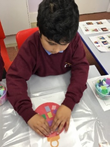
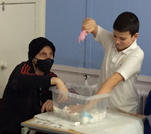
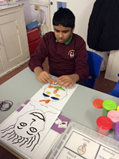

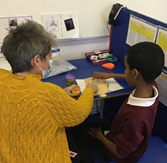
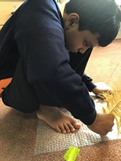



Being safe in the company of someone, knowing they will make sense of the world for us, we are being the co-adventurer to the child or young person
Key Strategy
Learning about options
Experience ‘doing’
Explore safely, know body limits
Adult/Carer Role
The adult accompanies, and is encouraging in seeking and exploring and offers safe boundaries for physical play. The adult takes the role of co-adventurer in exploration, learning and play. At the same time giving meaning to her/his feelings, discoveries and explaining the world around them.
What will the child/young person gain?
Children feel capable and good in their bodies and enjoy physical and practical activities
Activities in Doing:

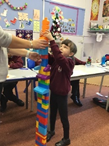
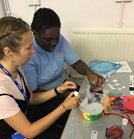

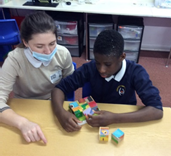



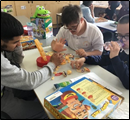

What was learnt in Being and Doing, starting to make choices, cognitive thinking, understanding choices. We are being the nurturer, soother and co-adventurer to the child or young person
Key Strategy
Express a view
Learn about cause and effect
Think about feelings: problem solve
Adult/Carer Role
Safe opportunities to be offered that allow the child to express how they are feeling. The adult is to support in developing a positive language that best describes the ‘feeling’ and the physical sensations related to it. The adult is the co-constructor of meaning. The adult is to listen, enjoy and support the development of independent thinking and to help establish cause and effect whilst the child begins to think for themselves, test limits and push boundaries.
What will the child/young person gain?
Children feel competent and can make sense of their experience.
Activities in Thinking:

